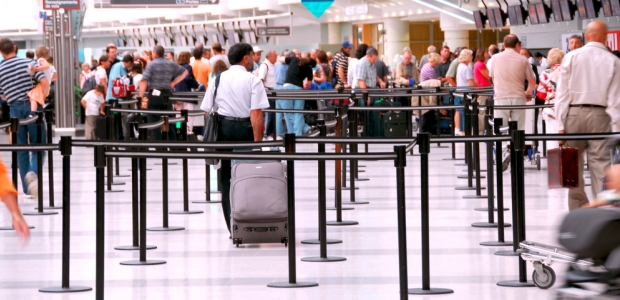
IATA, ACI Agree to Work on SmartSecurity
Security clearance for passengers will be transformed as pre-boarding security resources are allocated based on risk, the two organizations promise.
The the International Air Transport Association (IATA) and Airports Council International announced they have signed a memorandum of understanding to develop Smart Security (SmartS) together. The goal is "to improve the journey from curb to boarding" for airline passengers, who "will be able to proceed through security checkpoints with minimal inconvenience, security resources are allocated based on risk, and airport facilities are optimized," according to their announcement.
SmartS replaces the Checkpoint of the Future, components of which have been tested individually since 2012. The new name was adopted because a new phase of pilot testing of first-generation checkpoints has begun at several airports, including . Amsterdam Schiphol and London Heathrow. Regulators and carriers based at those airports are participating. The testing will show how the technologies interact with one another in an operational setting.
"Smart Security is the way forward. A lot has been learned from the component tests conducted over the last two years. It forms the foundation for us to move confidently into the next phase of the development. The MoU with ACI on Smart Security will deliver synergies by drawing on the collective expertise and knowledge that both organizations have built over the years," said Tony Tyler, IATA's director general and CEO.
Angela Gittens, director general of ACI World, agreed. "A touch point in the passenger journey that triggers a sense of dread is the security check," she said. "Through Smart Security, ACI and IATA will drive the needed change. Airports, airlines, control authorities, and system suppliers all have a role to play in making the process more effective, efficient, and pleasant for the passenger. Smart Security brings these stakeholders together with the shared goal of transforming the security checkpoint for the benefit of all the traveling public."
(The photo accompanying this article is an Elena Elisseeva/Shutterstock.com photo.)